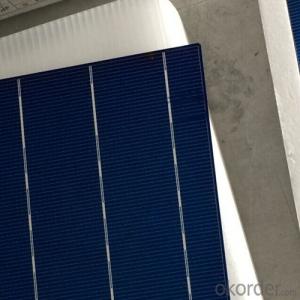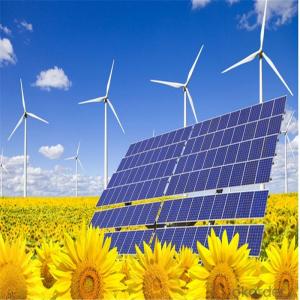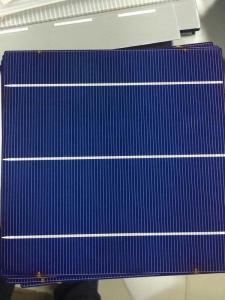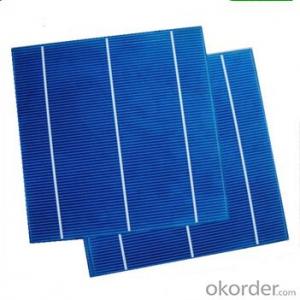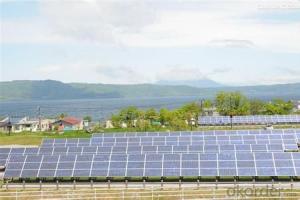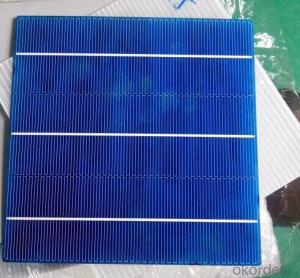Broken Solar Cells
Broken Solar Cells Related Searches
Raw Material For Solar Cells Roof Shingles With Solar Cells High Quality Solar Cells Light Trapping In Solar Cells High Performance Solar Cells High Output Solar Cells Best Solar Cells In The World Buy Solar Cells In Bulk Encapsulant In Solar Cells Low Light Solar CellsHot Searches
Cheap Solar Cells For Sale Flexible Solar Cells For Sale Printed Solar Cells For Sale Bulk Solar Cells For Sale 6x6 Solar Cells For Sale Broken Solar Cells For Sale Cpv Solar Cells For Sale Price Of Silicon Solar Cells Price Of Solar Cells Over Time Buy Solar Cells From China Cheap Solar Cells China Best Type Of Solar Cells Flexible Solar Cells Price Q Cells Solar Panels Price 3 Types Of Solar Cells Production Of Solar Cells Common Types Of Solar Cells Q Cells Solar Panel Prices Home Depot Solar Cells N-Type Solar CellsBroken Solar Cells Supplier & Manufacturer from China
Okorder.com is a professional Broken Solar Cells supplier & manufacturer, offers integrated one-stop services including real-time quoting and online cargo tracking. We are funded by CNBM Group, a Fortune 500 enterprise and the largest Broken Solar Cells firm in China.Hot Products
FAQ
- The role of grounding systems in solar cell systems is to provide a safe path for electrical currents to flow, ensuring the protection of both the solar panels and the users. Grounding systems help to dissipate any excess electrical energy, preventing damage to the system and reducing the risk of electrical shocks or fires. Additionally, grounding systems aid in the proper functioning of protective devices such as fuses and circuit breakers, allowing for quick detection and isolation of electrical faults. Overall, grounding systems play a crucial role in maintaining the safety and reliability of solar cell systems.
- The payback period for solar cells refers to the time it takes for the cost of installing solar panels to be recouped through energy savings. It typically ranges from 5 to 15 years, depending on factors such as the initial cost of installation, electricity usage, and available incentives or tax credits.
- How to get high voltage, high current output of solar cells
- A reasonable series of parallel can be, and increase the number of sub-batteries
- Solar cells perform differently in different geographical locations due to variations in sunlight intensity and weather conditions. Generally, locations closer to the equator receive more sunlight and have higher solar energy potential, resulting in better solar cell performance. However, solar cells can still generate electricity in less sunny areas, albeit with reduced efficiency. Factors such as cloud cover, temperature, and air pollution can also affect their performance. Therefore, it is important to consider the specific geographical location and its unique characteristics when assessing the performance of solar cells.
- Yes, solar cells can be used in water purification systems. Solar cells can generate electricity from sunlight, which can be used to power various components of water purification systems, such as pumps, filters, and disinfection devices. This allows for sustainable and environmentally-friendly water purification solutions, especially in areas with limited access to electricity grids.
- Pollution or smog has a negative impact on solar cell performance. It reduces the amount of sunlight reaching the solar cells, leading to a decrease in their efficiency and power output. The presence of pollutants in the air, such as dust, soot, and aerosols, can block or scatter sunlight, resulting in reduced absorption by the solar cells. Additionally, airborne particles can settle on the surface of the solar panels, forming a layer that hampers their ability to convert sunlight into electricity. Therefore, pollution and smog pose significant challenges to the effectiveness and productivity of solar energy systems.
- Yes, solar cells can be used in telecommunications systems. Solar cells can generate electricity from sunlight, which can be used to power various components of telecommunications systems such as base stations, repeaters, and communication towers. This reduces reliance on traditional power sources and provides a more sustainable and cost-effective solution. Additionally, solar cells can be easily installed in remote locations where grid power is not available, making them an ideal choice for extending communication networks in rural or off-grid areas.
- Solar cells generally perform well in areas with high levels of salt spray. However, prolonged exposure to salt spray can potentially corrode the surface of the cells, reducing their efficiency over time. Regular maintenance, such as cleaning and protective coating, can help mitigate the effects of salt corrosion and ensure optimal performance.

